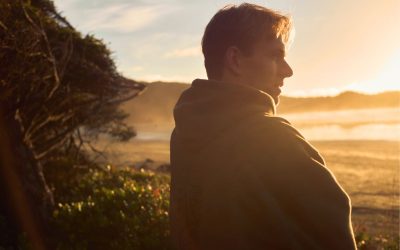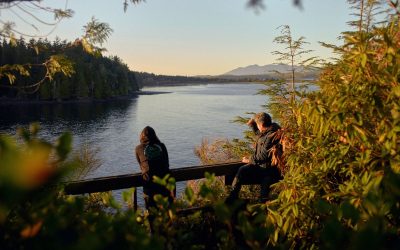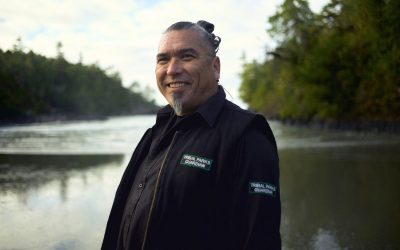“In the wake of the pandemic, and facing the climate crisis, leadership has a responsibility to think about resilience.”
The Place Brand Observer reached out to ask Destination Think CEO Rodney Payne about the story of a recent place branding success – our company’s collaboration with Auckland Unlimited, winner of the 2020 Place Brand of the Year award for its new city brand. In this interview, Rodney also outlines the most acute challenges facing place managers and marketers as they respond to COVID-19 and the climate emergency.
The Place Brand Observer: Rodney, what was your inspiration behind the Tāmaki Makaurau Auckland city brand?
Rodney Payne, CEO at Destination Think: Our process is all about co-creation. The brand rests on the truth of the city as expressed by residents. We planned the project in collaboration with Auckland Unlimited and guided the development, but places aren’t products for marketers to invent, which is why the brand was made using an inclusive, holistic method where the inspiration always comes from locals.

Rodney Payne, CEO at Destination Think
We’ve had this holistic mindset since Destination Think began about a decade ago. One outcome is the development of our Place DNA® methodology. The DNA is the truth of a place – its identity. This evolves slowly over time. But a place brand is what people hear about that identity, and this is where places and destinations have some choice.
Tāmaki Makaurau Auckland’s brand was built on the foundation provided by Place DNA® – an ideal scenario. That foundation ensured that the brand project was a collaboration with residents and supported by local communities. In this case, the co-creation included collaborative workshops, focus groups, and engagement with Māori community members. The amount of outreach in this project was thorough.
Place branding is complex for many reasons, but especially because it reveals many of the ways residents, visitors, cultures, and the environment are interconnected. A tourism destination is not separate from its place, a destination is simply the tourism sector of that city or destination. More destinations are realizing this as the industry experiences shocks like the pandemic.
What can we learn from the pandemic as place managers or marketers?
Many places have seen how quickly their communities can respond to a global emergency when there are life-and-death stakes. Responses to COVID-19 have been messy and inequitable, but it is generally encouraging to see that the world has great capacity to mobilize against threats to human well-being.
During the pandemic we have also seen that tourism is extremely vulnerable in some places. Air travel and cruises can be cancelled at a moment’s notice. Long-haul travel is very much at risk. Places with diverse visitor mixes and economies have thrived relative to those that depend on one market.
The tourism industry has ridden a big wave for two decades with rising visitation – a trend that could not continue forever. In the wake of the pandemic, and facing the climate crisis, leadership has a responsibility to think about resilience. Climate change is a massive blind spot in our industry. Travel and tourism are at risk of lagging behind and losing the social license to operate. We need to ruggedize the industry.
There has been some progress, but more destinations need to acknowledge the integration of place and destination, because tourism is becoming a service that often needs to be managed more than promoted in traditional marketing terms. This has become painfully obvious in fragile locations like Venice, or in the overcrowding of national parks in North America. But the climate crisis is global, and no place can escape the responsibility to manage visitation.
What should those responsible for destinations and places do to build resilience?
To find resilience, places need to build a dome of protection over their communities.
Places and destinations need to protect the best interests of their residents. This was true before the pandemic, but COVID-19 has highlighted the need for destination management organizations to support resident safety and quality of life. Places with a wildfire risk are another example. Tourism marketers have to account for the real-time threats to visitation.
Economic diversification is part of the equation. Within tourism, this means building an industry not solely dependent on international visitors. In the medium term, we’re looking toward a period that is more focused on near-in travel. We’ve seen many destinations with a balanced visitor mix, and places with diverse economies, thrive in the past year.
And there is so much more. Paraphrasing Zita Cobb, a social entrepreneur on Fogo Island: To find resilience, places need to build a dome of protection over their communities.
What does that dome of protection look like?
Read the rest of this interview at The Place Brand Observer, where Rodney Payne outlines more ingredients of resilience for places and tourism destinations.
Feature image credit: Jonathan Ford, Unsplash









0 Comments